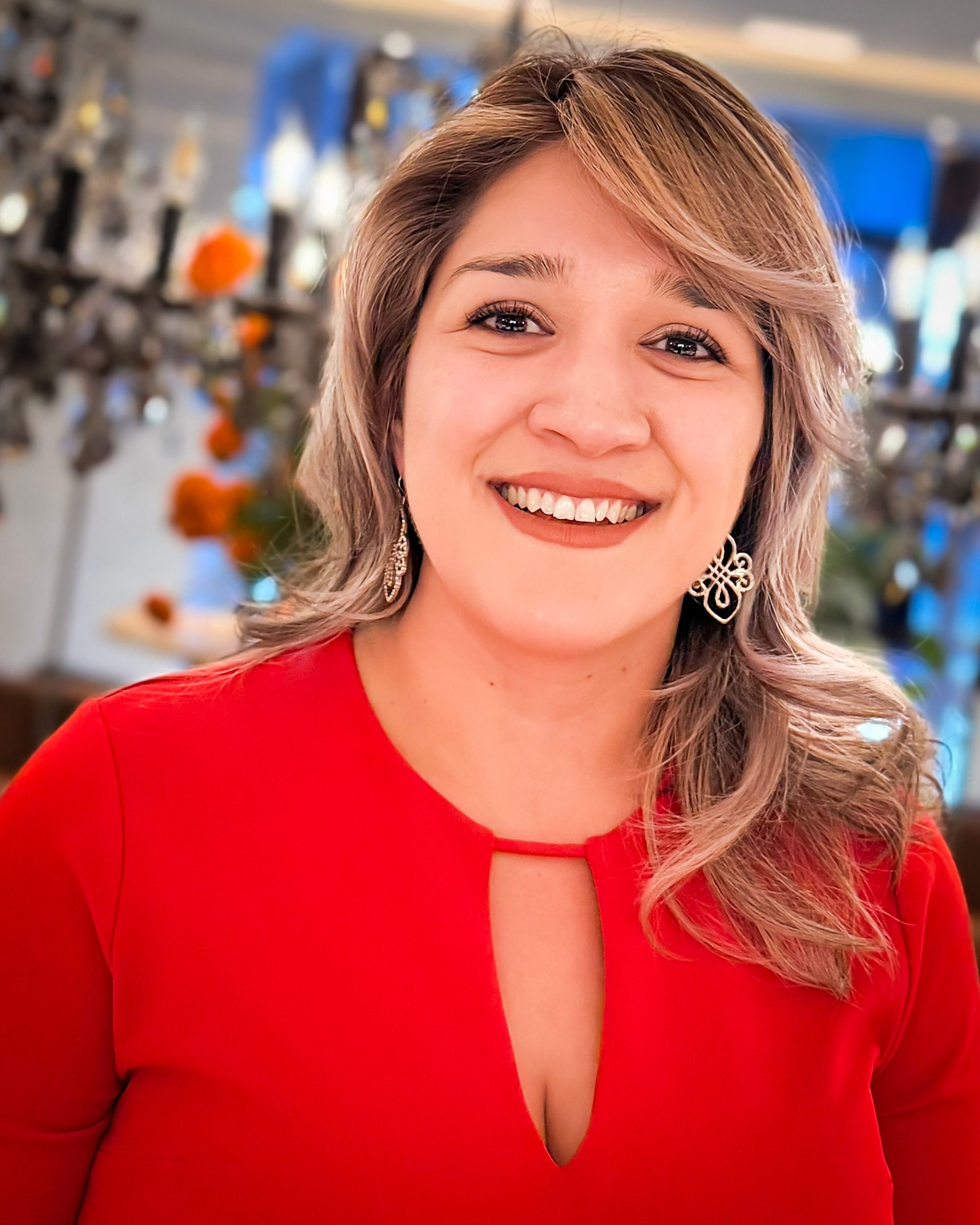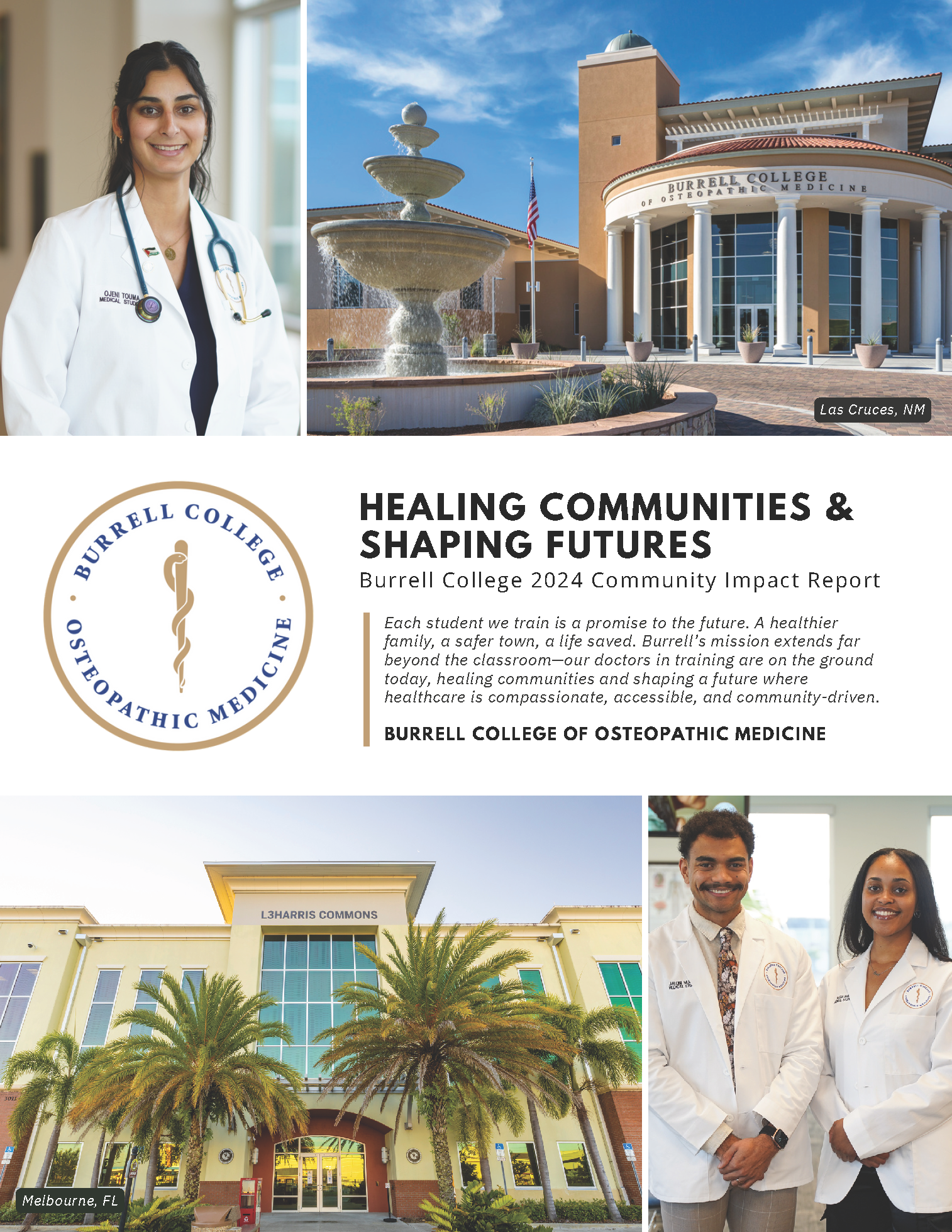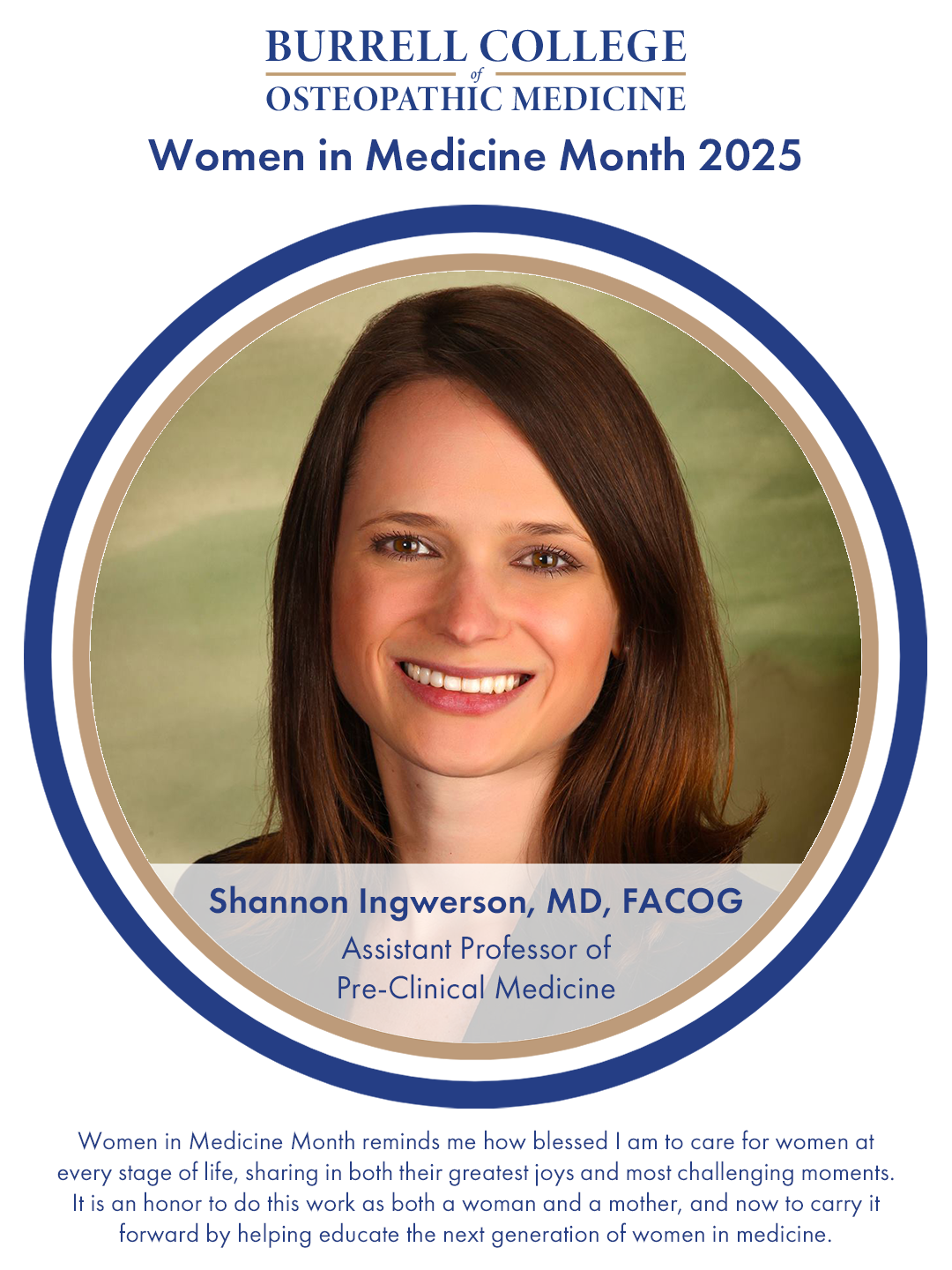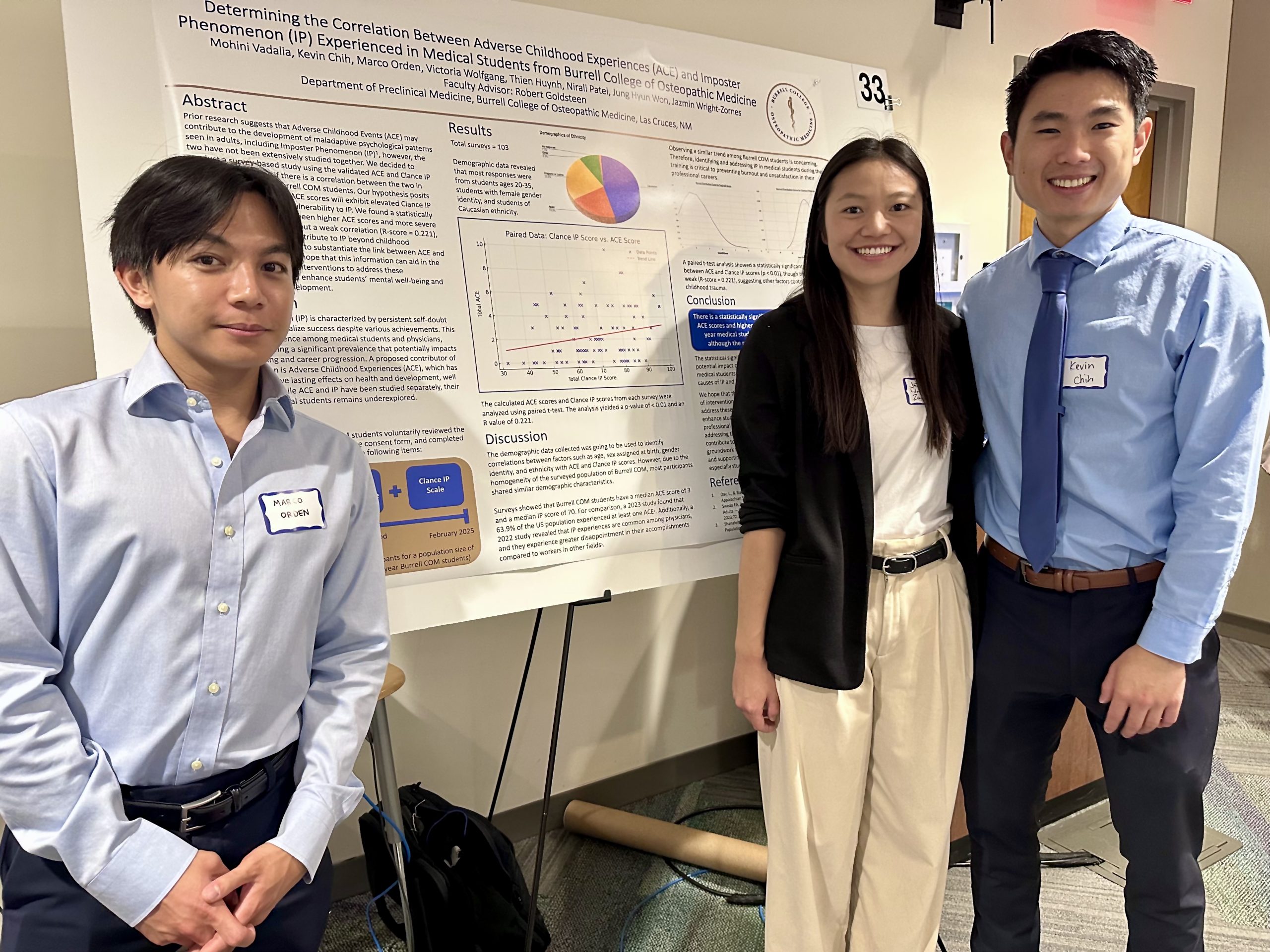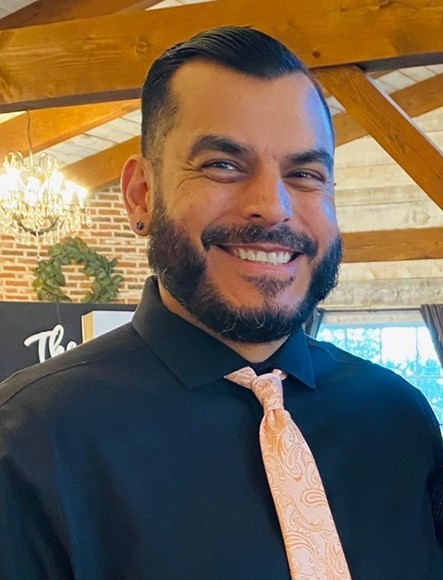
Still years away from graduation, student’s from BCOM’s Student Osteopathic Medical Association (SOMA) chapter are already actively fulfilling the school’s mission to address health issues in New Mexico, including one of the biggest the state is currently facing: the opioid epidemic.
“Drug overdose deaths are the leading cause of death for people under the age of 50 and New Mexico has historically had a very challenging time with drug overdose,” explained Athena Huckaby, Overdose Prevention Educator for Dona Ana County.
After hearing Huckaby speak on the topic at an event, the SOMA students asked if she’d be willing to visit BCOM and teach the medical students about opioid overdoses and how to administer the nasal spray Narcan, so they in turn could teach other members of the community.
Narcan, the brand name for the medication naloxone, is the antidote for an opioid overdose. “If somebody has taken too much of any sort of opioid, whether it’s prescribed pain killers or heroin, Narcan will reverse the side effects of the opioid and help them breathe again. Not breathing is one of the major causes of death by opioids,” said second-year medical student Shaun Antonio, who serves as SOMA’s National Liaison Officer.
Antonio explained that there are only six steps involved in administering Narcan and the training takes just five minutes. Narcan is completely safe, non-addictive, and has fewer side effects than aspirin. Even if it is given to someone who has not taken opioids, it will not cause any harm.

In 2016, Governor Susana Martinez signed House Bill 227 into law, allowing any person in New Mexico to legally possess opioid antagonists or receive them over the counter from a pharmacy. The bill also allows for community organizations to distribute naloxone without liability. Dona Ana County has received a five-year grant from the federal Substance Abuse and Mental Health Services Administration that is allowing Narcan to be distributed free in the Las Cruces area. That’s where the BCOM students come in.
Twelve of the medical students are certified by the Department of Health and Human Services to train others on Narcan administration, and they’ve already passed on the knowledge and boxes of Narcan to 130 other students on the BCOM campus. They’ve also hosted three health fairs where they trained nearly 200 members of the Las Cruces community.
“There’s a huge public concern about opioid abuse and a lot of people are interested in learning more either because of what they’ve heard about it in the news or because they’ve experienced it personally themselves or through a friend or family member,” said medical student and SOMA Vice President Zachary Coffman. “We’ve had the full gamut of individuals show interest at the health fairs, from teenagers to young couples to the elderly.”
Antonio and Coffman both pointed out that one of the biggest concerns is in fact among the elderly population who might forget they have already taken their medication or get confused when prescribed multiple medications from different doctors.
“In the state of New Mexico, the number one cause of opioid related deaths isn’t due to illegal drugs, like heroin; it’s prescription drugs,” Coffman added.
In addition to a goal of ensuring every BCOM medical student is trained in Narcan administration, the SOMA students are planning to reach out to local professionals who have higher likelihoods of coming across opioid overdoses, such as apartment complex managers, librarians, and teachers.
Huckaby said, “I’m pretty sure these medical students have distributed more Narcan in the community than any other group, with the exception of the methadone clinic. They are really motivated to make an impact. I’m grateful that they will pass that impact on, not just throughout New Mexico, but nationwide, as they move on in their careers as physicians.”

